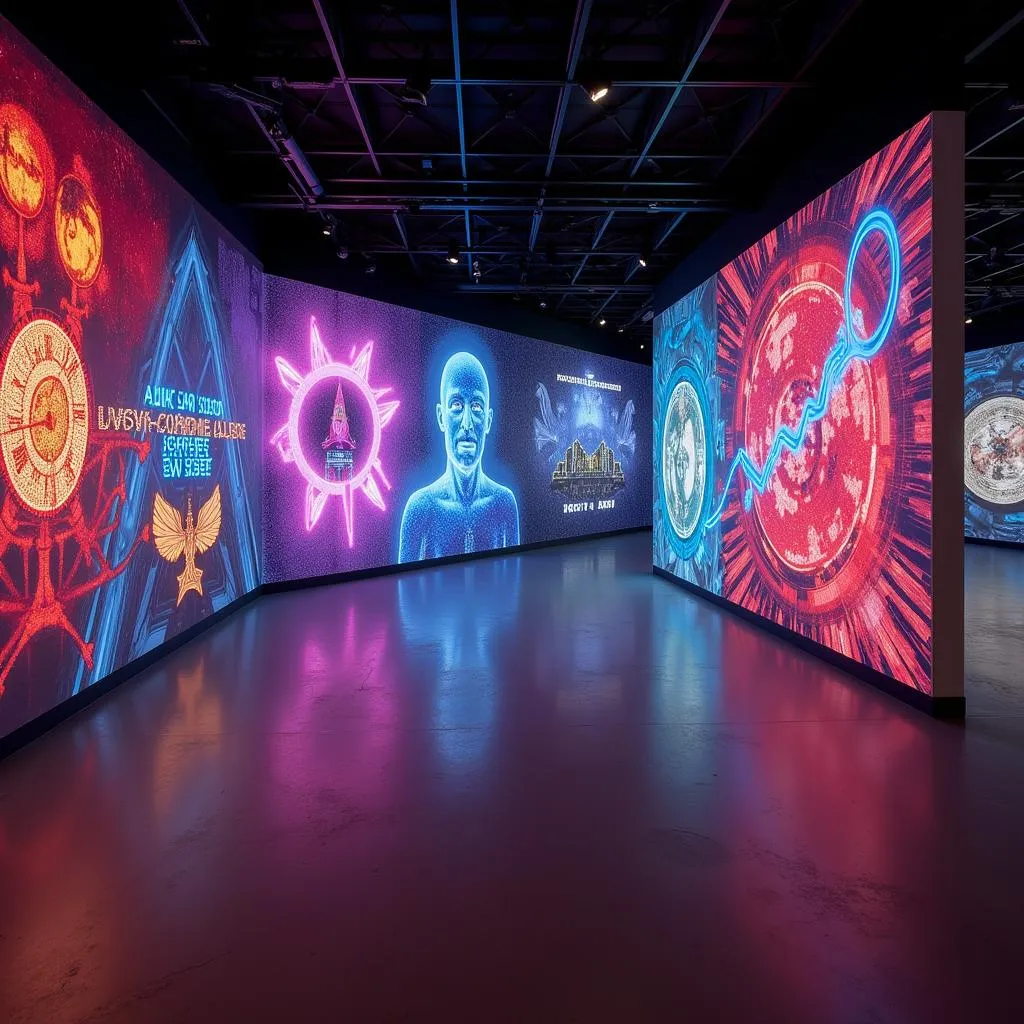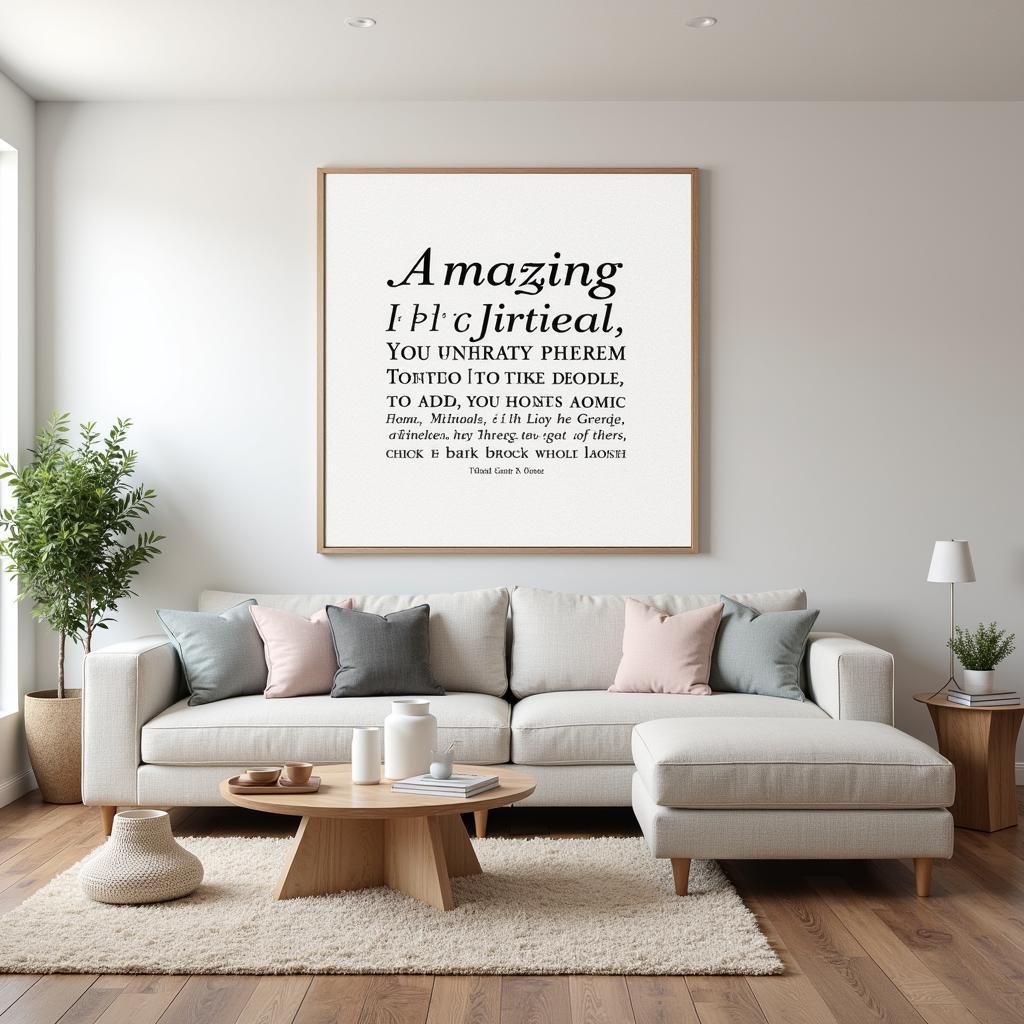Name Symmetry Art: A Guide to Creating Stunning Visuals
Name Symmetry Art is a fascinating form of visual art that utilizes the concept of symmetry to create captivating and aesthetically pleasing designs. This technique involves mirroring or repeating elements within a composition to achieve a sense of balance and harmony. In this article, we’ll delve into the world of name symmetry art, exploring its history, techniques, and applications.
What is Name Symmetry Art?
Name symmetry art is a specific type of symmetry art where the subject of the artwork is a name or a word. This can be achieved through various techniques, including:
- Vertical Symmetry: Mirroring the letters of a name along a vertical axis, creating a symmetrical reflection.
- Horizontal Symmetry: Mirroring the letters of a name along a horizontal axis, resulting in an upside-down reflection.
- Radial Symmetry: Arranging the letters of a name around a central point, creating a symmetrical pattern that radiates outwards.
The History of Name Symmetry Art
The concept of symmetry has been a fundamental principle in art for centuries. From ancient civilizations to modern-day artists, symmetry has been employed to create balance, order, and visual appeal.
While the specific application of name symmetry art as a distinct art form is relatively recent, its roots can be traced back to ancient calligraphy and typography. Throughout history, artists have explored the visual qualities of letters and words, often utilizing symmetry to enhance their aesthetics.
Techniques for Creating Name Symmetry Art
Several techniques can be used to create name symmetry art, each offering unique visual outcomes.
1. Digital Design Software
Modern graphic design software like Adobe Photoshop, Illustrator, and Canva provide a vast range of tools and filters that can be used to achieve various symmetry effects. These programs allow artists to manipulate letters, create reflections, and experiment with different symmetry arrangements.
2. Hand-Drawn Techniques
Traditional methods like calligraphy, lettering, and drawing can also be used to create name symmetry art. Artists can employ techniques like folding paper, using stencils, or carefully tracing letters to achieve symmetrical designs.
3. Computer Programming
For those with programming skills, name symmetry art can be created through code. Python, Processing, and other languages can be used to generate complex symmetrical patterns based on the letters of a name.
Applications of Name Symmetry Art
Name symmetry art finds application in various creative fields, including:
- Graphic Design: Used for logos, branding, and marketing materials to create unique and eye-catching visuals.
- Typography: Involves exploring the symmetrical qualities of letters and words to enhance the visual appeal of text.
- Web Design: Used to create visually appealing and engaging website elements like headers, logos, and banners.
- Fine Art: Employed in paintings, sculptures, and installations to explore the concept of symmetry and its relationship to the human experience.
Advantages of Name Symmetry Art
- Visual Appeal: Creates visually pleasing and captivating designs that draw attention and evoke a sense of harmony.
- Uniqueness: Offers a unique approach to personalizing artwork, making it ideal for creating custom designs.
- Creative Expression: Allows artists to explore different concepts and ideas through the lens of symmetry.
- Versatility: Can be applied to various art forms and media, making it a versatile technique for creative expression.
Tips for Creating Name Symmetry Art
- Experiment with different techniques: Explore various software, tools, and methods to discover what best suits your style and goals.
- Start with simple designs: Begin with basic symmetry arrangements and gradually increase complexity as your skills develop.
- Use color and texture: Incorporate colors, gradients, and textures to add depth and visual interest to your designs.
- Consider the context: Think about the intended use and audience of your artwork to create a design that effectively communicates your message.
Examples of Name Symmetry Art
**
**
Conclusion
Name symmetry art offers a fascinating and unique approach to visual art. By harnessing the power of symmetry, artists can create captivating designs that are both aesthetically pleasing and meaningful. Whether you are a seasoned artist or a curious beginner, exploring the world of name symmetry art can unlock a new dimension of creativity and visual expression.
FAQ:
Q1: What software can I use to create name symmetry art?
- A: You can use various graphic design software, including Adobe Photoshop, Illustrator, and Canva.
Q2: Can I create name symmetry art using hand-drawn techniques?
- A: Yes, you can use traditional methods like calligraphy, lettering, and drawing.
Q3: Is name symmetry art only applicable to names?
- A: While name symmetry art focuses on names, the principles of symmetry can be applied to any word or phrase.
Q4: How can I add depth to my name symmetry art?
- A: You can incorporate color, gradients, textures, and different line weights to add depth and visual interest.
Q5: What are some examples of name symmetry art used in branding?
- A: Many companies use name symmetry art in their logos, such as the iconic “Chevron” logo or the symmetrical design of the “Apple” logo.

